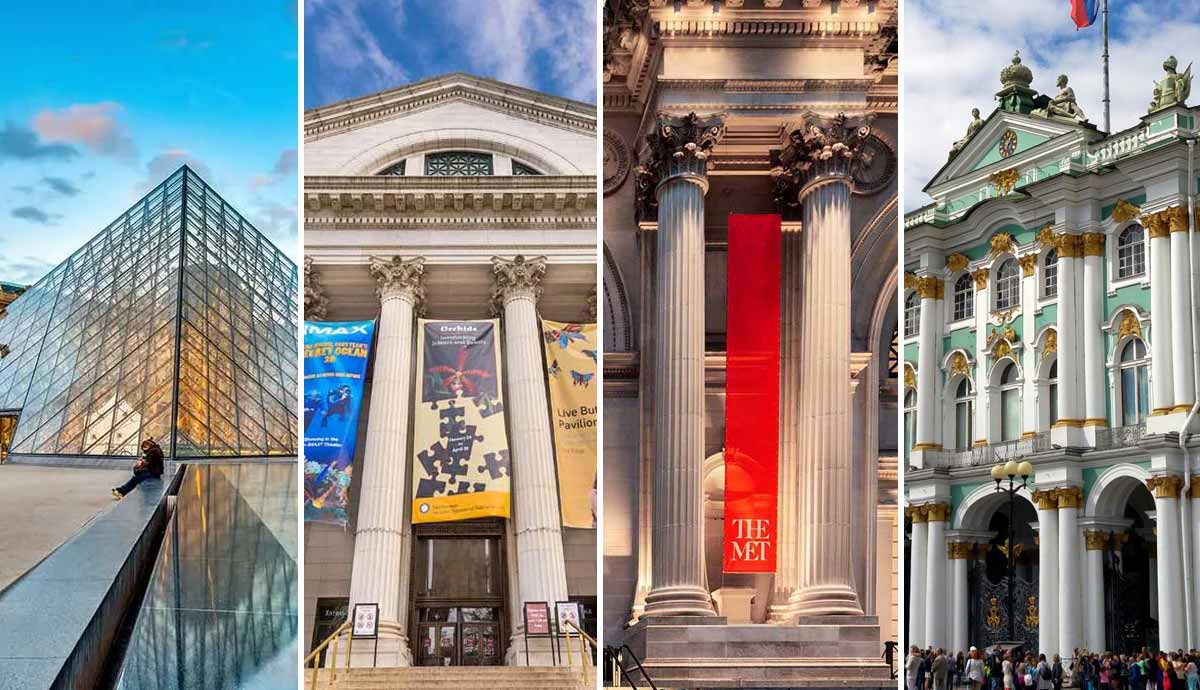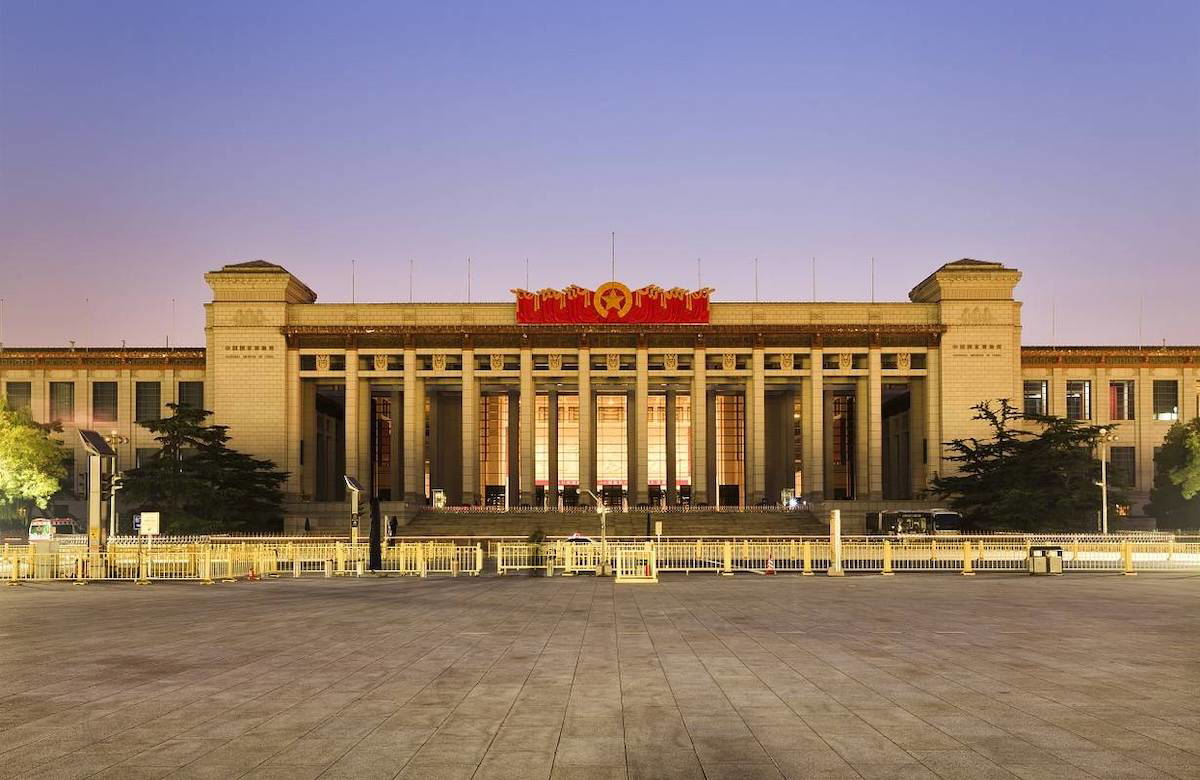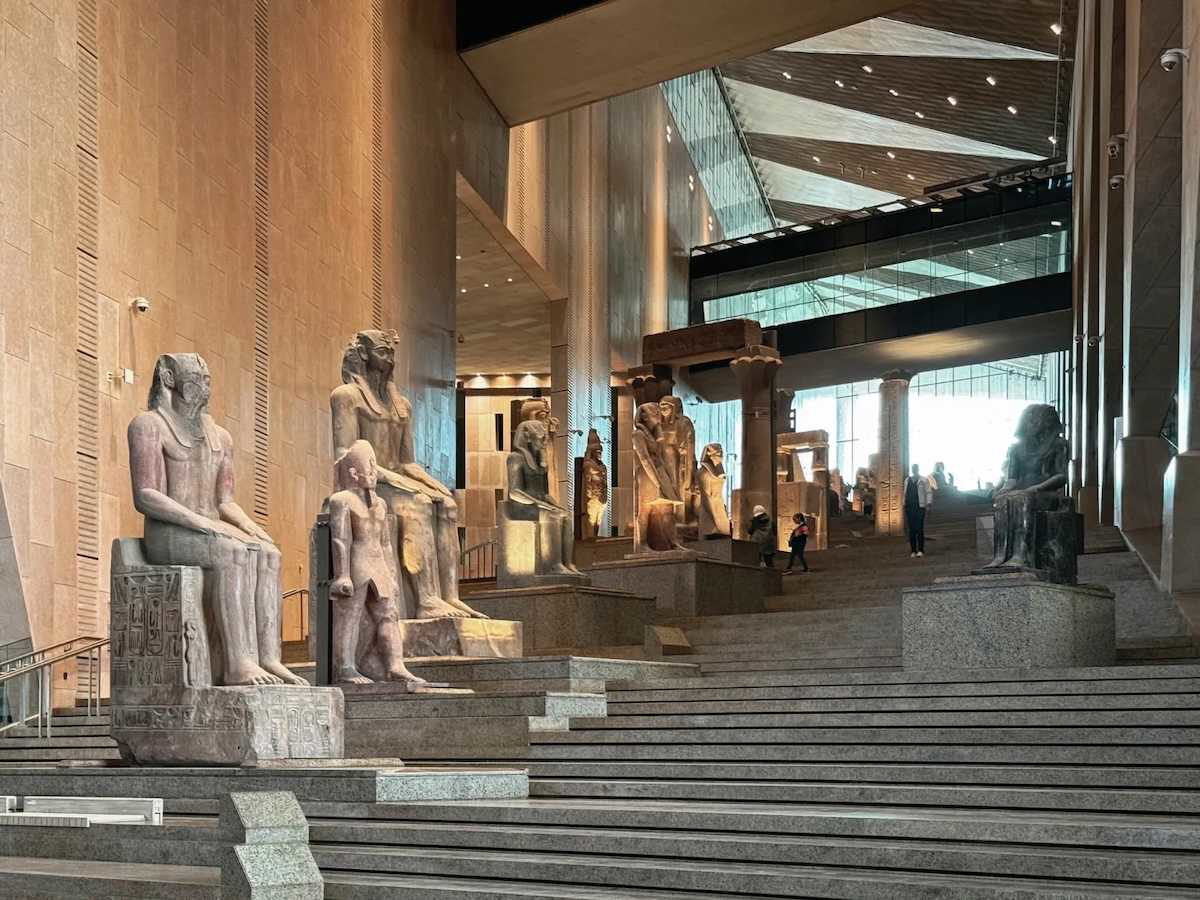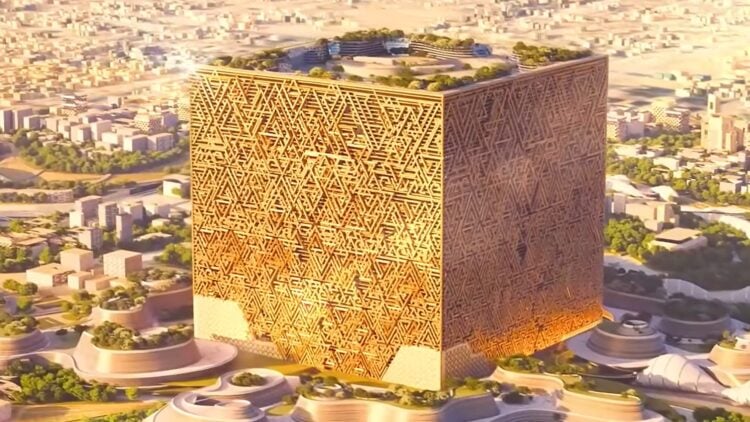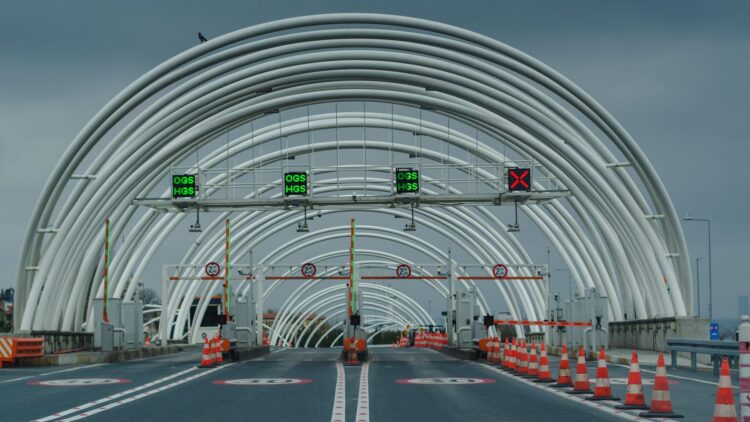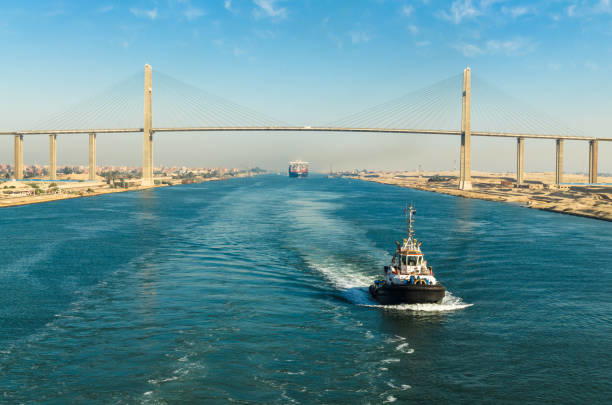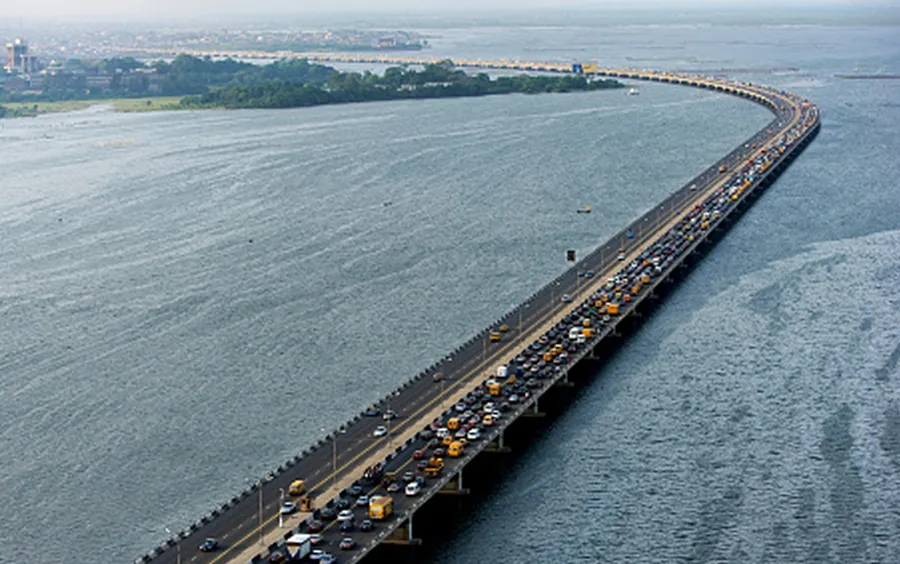7 most incredible bridges in the world that blend engineering and artistic mastery
Where art meets engineering – discover nine bridges that twist, glow, and breathe life into the future of design.
7 most incredible bridges in the world that blend engineering and artistic mastery

Helix Bridge (L) and Øresund Bridge (R)
Source: 1, 2
One look at any of the bridges today and you’d think the concept of this engineering marvel might just be about two or three centuries old. That’s not the case, though. Bridges have existed since time immemorial. One of the oldest bridges is the Arkadiko Bridge, built in the Mycenaean period in Greece (c. 1300-1190 BC).
Since then, bridge engineering has evolved dramatically, pushing the boundaries of engineering. Today, they aren’t a means of crossing a river or just a road, but a symbol of the artistic vision that architects and designers possess.
From bridges that breathe fire to structures that curl up like living organisms, here’s a look at the top 7 most incredible and futuristic bridges in the world that demonstrate how engineering isn’t just about utility, but also carving designs that evoke wonder in human minds.
Types of bridges
Before we look at these giant structures, here’s a foundation you’d need to go through to understand the basics of modern bridge design and engineering.
1. Suspension bridges: These structures utilize cables suspended between towers to the deck through vertical hangers. Famous examples include the Golden Gate Bridge and the Akashi Kaikyo Bridge.
2. Cable-Stayed bridges: These bridges have their decks supported directly by cables from the towers. They have diagonal cables, which are efficient for medium to long spans. The Øresund Bridge in Sweden is a fine example of studying these bridges.
3. Arch bridges: These bridges rely on compression to transfer loads along a curved path to supports at each end. Based on an ancient design principle, they are highly effective for medium spans, where the arch can be positioned above or below the deck. The Sydney Harbor Bridge is a fine example of this type.
4. Beam bridges: These bridges are supported by piers or abutments, commonly used for shorter distances, and can incorporate various materials, including steel, concrete, or composite structures. Most highway overpasses use this bridge type.
5. Truss bridges: These bridges use triangulated structures to distribute loads, making them both strong and economical. Railway bridges are constructed using this type.
6. Cantilever bridges: These bridges have projecting beams supported at one end. This eliminates the need for temporary supports and allows longer spans without intermediate piers. The Forth Bridge in Scotland is a fine instance of this type of bridge.
7. Movable bridges: These bridges incorporate mechanical systems that allow portions of the structures to move, accommodating vehicle traffic and maritime navigation. The UK’s Tower Bridge
https://interestingengineering.com/list ... -worldwide would come to your mind instantly when you read this.
Now, let’s get started with the bridges.
1. Millau Viaduct, France

Source: Wikimedia Commons
Designer: Norman Foster and Michel Virlogeux
Location: Millau, Aveyron, France
Length: 2,460 meters (8,071 feet)
Type: Multi-span cable-stayed bridge
Taller than the Eiffel Tower, the Millau Viaduct is a breathtaking example of the milestones human engineering can achieve. Soaring 343 meters above the Tarn Valley, this bridge was designed to withstand 250 km/h speeds. It also borrows aerodynamic features from aircraft design to minimize wind resistance.
This engineering masterpiece required revolutionary construction techniques, including using hydraulic systems to launch the deck across the valley. The Millau Viaduct was constructed using approximately 290,000 tonnes of materials with a total investment of €394 million. The construction process was completed in three years.
2. Henderson Waves Bridge, Singapore

Source: Wikimedia Commons
Designer: IJP Corporation and RSP Architects
Location: Singapore (Southern Ridges)
Length: 274 meters (899 feet)
Type: Steel pedestrian bridge with wave structure
The Henderson Waves Bridge is as mathematical as it gets. Architect George Legendre designed it entirely based on three-dimensional algebraic equations, making it one of the first bridges where mathematics directly determined architectural design.
At 36 meters above Henderson Road, it claims to be Singapore’s highest pedestrian bridge.
Coming to design, the bridge has curved sections that rise above the deck level, creating sheltered alcoves perfect for seating. Meanwhile, the sections that dip below provide structural continuity.
The wooden ribs of the bridge are illuminated with LED lighting systems at night, creating a spectacular vision that makes it an iconic symbol of Singapore’s architectural innovation.
3. The Rolling Bridge, London

Source: Wikimedia Commons
Designer: Thomas Heatherwick Studio
Location: Paddington Basin, London, England
Length: 12 meters (39 feet)
Type: Kinetic curling movable bridge
The Rolling Bridge is perhaps one of the most innovative movable bridges ever conceived. It’s much more than the usual linear opening movable bridges usually have. This groundbreaking structure comprises eight triangular steel sections that roll up to a perfect octagon in 2-3 minutes.
The bridge’s movement was inspired by the natural way a dinosaur’s tail might curl if it were alive. When it curls, the bridge transforms from a simple truss structure to a cantilevered system, displaying a fine fusion of two bridge types.
Operating every Friday at noon, the Rolling Bridge becomes an enthralling sight, drawing large crowds to witness its unfolding process over the Grand Union Canal.
4. Gateshead Millennium Bridge, England

Source: Wikimedia Commons
Designer: WilkinsonEyre Architects and Gifford Engineers
Location: River Tyne between Gateshead and Newcastle, England
Length: 126 meters (413 feet)
Type: Tilting pedestrian and cyclist bridge
A pedestrian bridge by nature, the Gateshead Millennium Bridge has earned the nickname “The Winking Eye” for its revolutionary tilting mechanism. It’s the world’s first bridge to rotate as a complete unit rather than lifting or swinging sections.
It has two graceful parabolic arches – one forming the pedestrian deck while another providing support. These arches pivot together around common springing points to create a 40-degree tilt in just 4 minutes.
The bridge tilts over 500 times annually to accommodate Royal Navy vessels and private boats accessing the Newcastle City Marina. The bridge also has a self-cleaning mechanism, where debris naturally rolls toward collection traps during tilting.
5. Øresund Bridge, Sweden

Source: Wikimedia Commons
Designer: Jørgen Nissen, Klaus Falbe Hansen (Ove Arup & Partners)
Location: Between Denmark and Sweden across the Øresund Strait
Length: 7,845 meters (4.88 miles) bridge section
Type: Combined cable-stayed bridge and tunnel system
The Øresund Bridge combines a bridge, a tunnel, and an artificial island seamlessly to connect two nations – Denmark and Sweden. Regarded as one of the most ambitious transportation projects ever, this bridge features a four-lane motorway and a double-track railway, supported by concrete piers.
The Øresund Bridge is designed to withstand ship collisions, aircraft impacts, earthquakes, and high winds. The bridge section alone weighs about 82,000 tonnes, with bearings weighing up to 20 tonnes each. It can handle a vertical load of up to 96,000 kilonewtons.
The project revolutionized transportation between Scandinavia and continental Europe and serves as the backbone for internet data transmission across the region, demonstrating how modern infrastructure can simultaneously serve multiple purposes.
6. Dragon Bridge, Da Nang, Vietnam

Source: Wikimedia Commons
Designer: Ammann & Whitney Consulting Engineers with Louis Berger Group
Location: Da Nang, Vietnam (crossing the Han River)
Length: 666 meters (2,185 feet)
Type: Steel arch-beam-wire combination bridge with dragon sculpture
The Dragon Bridge in Vietnam looks straight out of an anime movie. And rightly so, when you know what it actually does. Designed with an amalgamation of pure engineering and engineered for theatrical performance, the bridge literally breathes fire and water.
Every Saturday and Sunday, it draws excited crowds that witness the dragon spitting flames and releasing water three times using 18 specially designed nozzles. Built with an investment of $88 million, it incorporates over 15,000 lights that transform the structure into a shimmering golden serpent at night.
Coming to utility, the bridge provides the shortest route from Da Nang International Airport to the city’s eastern beaches, carrying six lanes of traffic.
Inspired by Vietnamese cultural mythology, the dragon breathing involves carefully coordinating structural engineering, hydraulic systems, and pyrotechnic safety measures.
7. Helix Bridge, Singapore

Source: Getty Images
Designer: Cox Architecture, Architects 61, and Arup Engineers
Location: Marina Bay, Singapore
Length: 280 meters (918 feet)
Type: Pedestrian bridge with double helix structure
The Helix Bridge mimics the double Helix of DNA, inspired by the fundamental building blocks of life. It runs across Marina Bay in Singapore, serving as a functional pedestrian bridge.
Built in only one-fifth of the total steel usually required for building bridges, it relies heavily on structural efficiency and advanced computational design. The bridge incorporates five viewing platforms fused with a curved structure, so pedestrians can pause and enjoy the scenic and panoramic view of the Singapore skyline.
RECOMMENDED ARTICLES
At night, the helical patterns
https://www.popularmechanics.com/techno ... e-bridges/ look adorned with ribbons of LED lighting, transforming the bridge into a shimmering sculpture that reflects in the waters below.
The bridge’s design philosophy extends beyond aesthetics, representing Singaf as a modern, interconnected, visioned city.
Conclusion
From simple stone arches to fire-breathing bridges, we’ve come a long way in how we build connections. Today’s bridges show how art and engineering can come together beautifully. They remind us that building isn’t just about function—it’s about creating something that inspires.
https://interestingengineering.com/inno ... s-in-world








